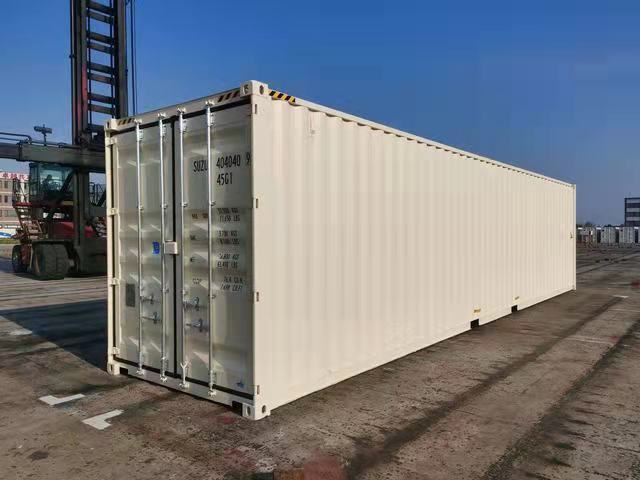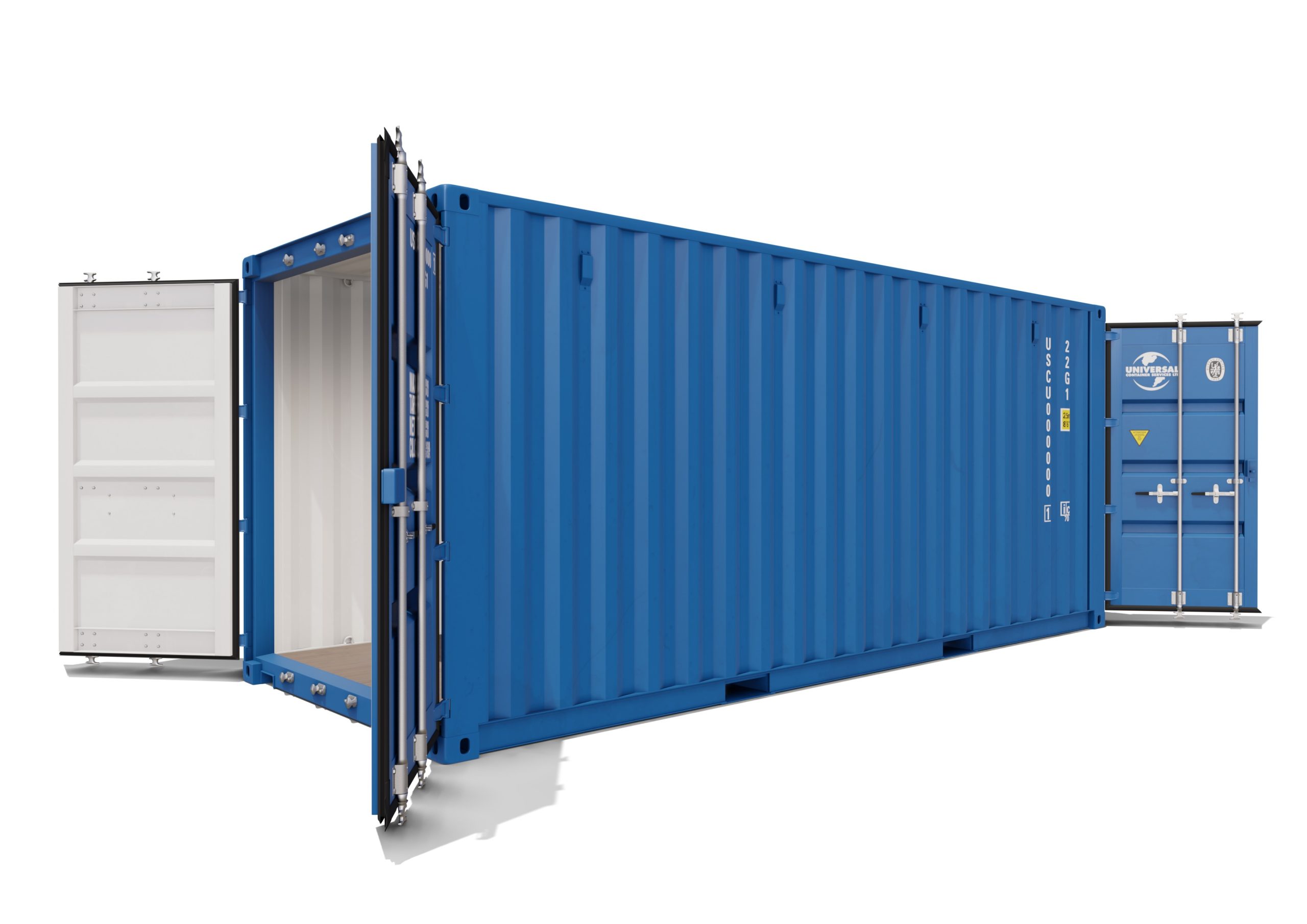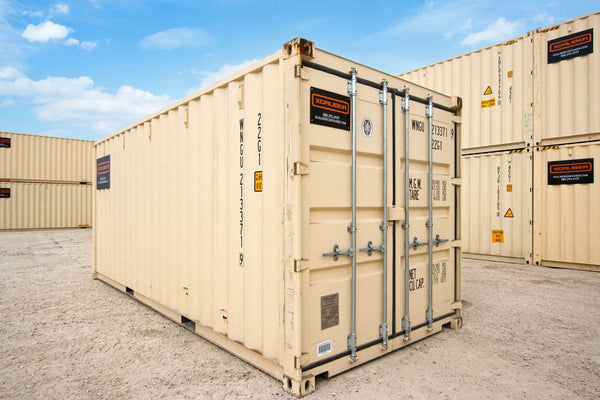The Ultimate Overview to Picking the Right Delivery Container for Your Requirements
When it comes to choosing the best delivery container, comprehending your particular demands is essential. You'll intend to consider factors like dimension, type, and product to assure you make the very best option. From conventional dimensions to specialized options, there's a lot to check out. And also, budgeting for both the container and any type of modifications can make a big difference. Let's damage down the key elements to help you locate the excellent suitable for your requirements.
Comprehending Shipping Container Sizes
When you're picking a shipping container, comprehending the various sizes available is crucial for making the right decision. Shipping containers usually can be found in typical sizes of 20 and 40 feet, but you'll also discover other measurements. Knowing the size you require depends upon what you intend to store or transport.If you're moving smaller products, a 20-foot container could be excellent, while larger deliveries frequently require a 40-foot container. The height can also differ; high dice containers supply added vertical space, which can be useful for taller goods.Before deciding, determine your cargo, and take into consideration how much space you'll require for filling and discharging. Always aspect in possible future requirements-- opting for a somewhat bigger container might conserve you inconvenience down the line. Eventually, picking the right dimension will certainly enhance efficiency and ensure your items are safe and secure throughout transit
Kinds of Shipping Containers Available
There are several sorts of shipping containers offered, each made for particular objectives and cargo requirements. The basic completely dry container is flexible, best for general freight. If you're shipping disposable items, take into consideration a cooled container, which maintains a regulated temperature level. For oversized things, high cube containers offer extra elevation, fitting taller loads.If you require to move hefty machinery or tools, level rack containers give a tough base without walls. Open-top containers allow for very easy loading of tall cargo, with a removable tarpaulin covering for defense. If you're trying to find flexibility, think about a collapsible container that can be conveniently stored when not in use.Lastly, specialized containers like storage tank containers are used for fluids, while vented containers are developed for bulk cargo that requires ventilation. Knowing your freight kind will certainly assist you choose the best container to satisfy your shipping requires successfully.
Material Factors To Consider for Longevity
When choosing a delivery container, the material plays a crucial duty in its resilience. You'll intend to evaluate the benefits of steel versus light weight aluminum, especially regarding deterioration resistance. Recognizing these elements can assist you make a much more informed choice for your delivery needs.
Steel vs. Light weight aluminum Containers
How do you choose between steel and light weight aluminum containers for your shipping needs? Start by considering toughness. Steel containers are durable and offer outstanding strength, making them excellent for hefty lots and rough conditions. They withstand damages from effects and are frequently less costly, which can be a significant variable for budget-conscious buyers.On the various other hand, aluminum containers are lightweight, which can conserve you on delivery prices. They're much easier to maneuver and are a terrific choice if you need to carry products frequently. However, aluminum is usually more pricey and less robust than steel. Consider your details needs meticulously, including weight, price, and the type of cargo you'll be shipping, to make the appropriate choice for your situation.
Corrosion Resistance Factors
Picking the best product does not just involve weight and cost; rust resistance plays a significant function in durability. When picking a delivery container, take into consideration the environment it'll deal with. Steel containers, while solid, can rust if not correctly dealt with. Seek choices with protective coatings or galvanization to improve their life expectancy. Aluminum, on the other hand, uses natural corrosion resistance, making it ideal for seaside locations or damp conditions. However, it can be extra expensive. Furthermore, assess the container's use-- if it'll be revealed to chemicals or extreme climate, prioritize products that can withstand these problems. Spending in a corrosion-resistant container currently can save you from expensive fixings or substitutes down the line. Pick intelligently for long-term benefits.
Modifications and Modification Options
Delivering containers aren't simply for delivering items; they can be changed to meet your specific demands via different adjustments and customization choices. You can convert a basic container right into a comfy workplace, a short-lived retail shop, or even a personal health club. The opportunities are virtually endless.Think about including home windows, insulation, or ventilation to enhance comfort. You may also consider electric circuitry, plumbing, or perhaps custom-made shelving to boost capability. If safety's an issue, enhanced locks can offer peace of mind.For aesthetic charm, you can paint the container or include an unique style to make it stick out. Don't fail to remember about floor covering alternatives-- whether you desire durable plywood or something a lot more innovative, it can boost the space.Ultimately, customizing your shipping container to suit your requirements can boost usability and develop an one-of-a-kind environment that shows your style.
Assessing Your Transport Requirements
When it involves utilizing your changed delivery container, understanding your transportation needs is essential. Begin by identifying what you'll be shipping-- whether it's hefty equipment, retail items, or personal items. Each kind of cargo has various requirements pertaining to size, weight, and accessibility.Next, take into consideration the distance and setting of transport. Are you delivering locally, nationally, or internationally? This impacts the container's design and capability. If you're making use of vehicles, assure your container fits conventional dimensions for easy loading and unloading.Additionally, consider transit conditions. Will your things require unique defense from climate or temperature variations? If so, you may require insulation or air flow functions in your container.Lastly, assess how usually you'll be transferring goods. Frequent shipments may require a more durable and read more functional container to fulfill continuous demands. By addressing these elements, you'll be well-prepared to select the appropriate delivery container for webpage your needs.
Budgeting for Your Shipping Container
Establishing an allocate your delivery container is vital for ensuring a smooth buying procedure. Identify just how much you can pay for to spend. Prices can differ significantly based on size, problem, and kind. New containers commonly set you back a lot more, however used ones can use substantial savings.Next, consider any type of extra costs you may incur, such as transport costs, delivery charges, and adjustments. If you plan to personalize the container, consider those expenditures also. Research various vendors to contrast prices and discover the most effective deal that meets your needs.Don' t forget to include any kind of authorizations or guidelines that might relate to your acquisition and usage of the container. By clearly outlining your budget plan, you'll be much better prepared to make educated choices, ensuring you obtain the ideal container without damaging the bank.
Maintenance and Look After Longevity
To ensure your delivery container lasts for several years, routine upkeep is essential. Start by evaluating the outside for rust, damages, and damages. If you detect any kind of concerns, address them instantly to protect against additional deterioration. Tidy the container periodically, both within and out, to get rid of dirt, particles, and wetness that can lead to corrosion.Ensure the doors seal effectively and lube the hinges to stay clear of rust and sticking. If you're making use of the container for storage, think about adding air flow to reduce humidity and mold growth. For additional protection, use a rust-inhibiting paint or sealer annually.If your container's located in a harsh environment, like coastal locations, you might need to increase upkeep frequency. Watch on the flooring, too; any indicators of wear should dig this be fixed as soon as possible. With these easy actions, you'll expand the life of your delivery container substantially.
Regularly Asked Questions
Just how Do I Discover a Reliable Shipping Container Provider?
To discover a dependable shipping container distributor, start by researching online testimonials, requesting suggestions from close friends or market calls, and comparing costs. Always inspect their credentials and guarantee they offer quality containers that meet your demands.

Can I Rental Fee a Delivery Container As Opposed To Purchasing?
Yes, you can certainly rent a shipping container rather than acquiring one. Lots of vendors supply rental choices, which can save you cash and give adaptability if you only need it for a brief period.
What Permits Are Needed for Container Positioning?

Are Delivery Containers Weatherproof and Ideal for Outdoor Storage?
Yes, shipping containers are typically weatherproof, made to hold up against extreme problems. Their durable building and construction keeps your things secure and dry, making them suitable for outdoor storage space. Just ensure proper air flow to protect against moisture buildup inside.
How Do I Transport a Delivery Container As Soon As Acquired?
